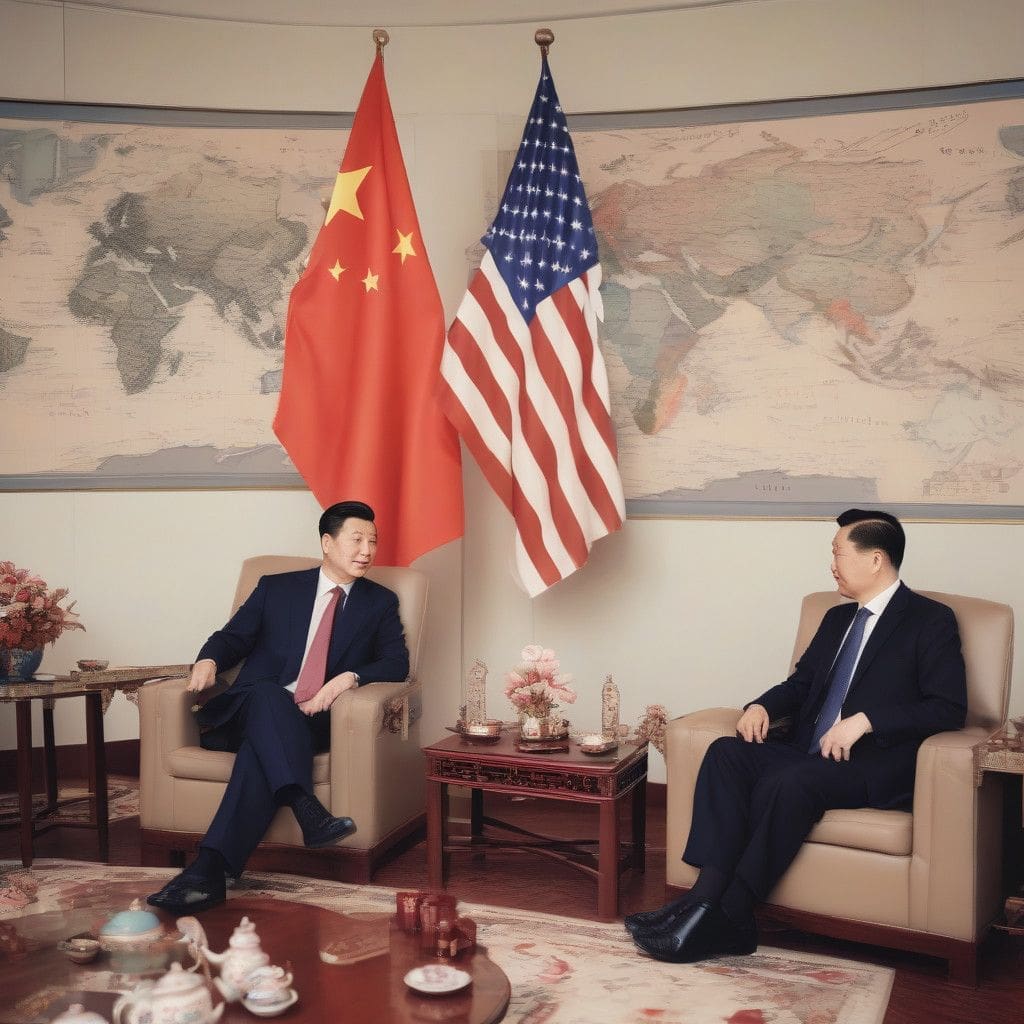In the realm of international trade, few relationships have a greater impact than that between the United States and China. Recently, this dynamic was thrust into the spotlight as China called for the United States to reconsider its stance on sanctions targeting Chinese enterprises, particularly in the semiconductor and intelligent connected vehicle sectors. This request was articulated by Wang Wentao, China’s Minister of Commerce, during a dialogue with U.S. Secretary of Commerce Gina Raimondo, underscoring the urgency and importance of resolving these trade tensions.
China’s assertion emphasizes that lifting sanctions could cultivate a more predictable and secure business environment, which is particularly crucial for industries reliant on stable supply chains, such as electronics, automotive, and pharmaceuticals. With global supply chain disruptions becoming a recurrent theme since the pandemic, analysts highlight the necessity of stable trade relations to minimize delays and production shocks. The call for clearer national security policies also reflects a desire for a more transparent framework that governs international trade dynamics.
The impact of U.S.-China trade relations extends beyond bilateral interactions—it reverberates through global markets. U.S. companies, those particularly dependent on Chinese manufacturing and technology, may pressure the government for a balanced approach to policy that recognizes the interdependence between the two nations. Experts suggest that a cooperative trade environment could enhance operational efficiency, reduce costs, and ultimately benefit consumers on both sides.
In terms of bilateral trade, the latest data reinforces the relevance of this relationship. The U.S. remains China’s third-largest trading partner, with a staggering trade volume reported at 3.15 trillion yuan (about $446.2 billion) in just the first eight months of 2024. This significant level of trade illustrates not only the vast economic ties that exist but also the potential repercussions of continued sanctions. With such a substantial amount at stake, the benefits of collaboration seem to outweigh the perceived risks of competition.
Moreover, the Kearney Foreign Direct Investment (FDI) Confidence Index for 2024 places China in third place, indicating its attractiveness as an investment destination. Companies like Dun & Bradstreet and Skechers are not merely spectators but active participants in this landscape, expanding their operations in China. Such moves indicate a broader trend—business leaders increasingly recognize China not only as a massive consumer market but also as a strategic hub for innovation and supply chain efficiency.
As the global economic landscape evolves, the potential for U.S.-China trade relations to strengthen continues to grow. Engaging further in trade could yield competitive advantages for both nations. Large corporations advocate for fostering deeper ties, arguing that collaboration can lead to improved product offerings and technological advancements.
In conclusion, the call from China to lift sanctions signifies a critical moment for U.S.-China relations. The complex interplay of trade policies, economic necessity, and geopolitical strategy necessitates careful consideration. While political challenges loom, the voices from the business community in the U.S. could help pave the path toward a more constructive trade framework. Achieving a stable and mutually beneficial trading environment may not just enhance economic relations but could also herald a new era of cooperation amidst global competition.
